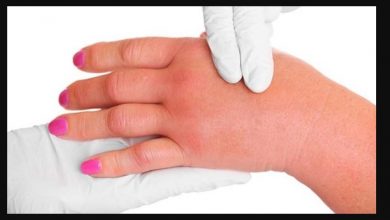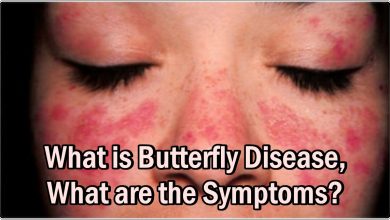Common Childhood illnesses

Common Childhood illnesses. As parents, our only wish is our children; for them to be healthy. Children become ill more often than adults because children’s immune system has not fully developed yet. Strengthening the immune system is of great importance for maintaining a healthy life in adulthood. Children need to grow up in a healthy environment and eat healthy to strengthen the immune system. There are several childhood illnesses around. In this article, we will list the most common childhood diseases below:
Fever and Cold
Cold is a common disease in children. Fever of 38 degrees and above may be a sign of illness. However, if the child has had an active day, a short increase in body temperature may occur. If the fever does not fall, it should be taken seriously and consult your doctor. Symptoms are sneeze, discharge in the nose, cough, redness in the throat, fever, weakness, etc.
Allergic Diseases
Allergic diseases have been seen at an increasing rate in recent years. In fact, this rate goes up to 33 percent in some countries. Symptoms are skin rash, digestive system disorders, difficulty breathing, discharge, itching, and redness on nose and eyes. Many environmental factors can cause allergy. Therefore, it is imperative to protect children from them. It is also known that breastfed babies are less likely to suffer from asthma and allergic diseases like many other diseases. Low-salt diet and fish-rich diet is known to reduce the symptoms of asthma. An allergic mother has to pay attention to avoid food that has many allergen potentials in her diet while breastfeeding her baby.
Pneumonia
Pneumonia is one of the oldest known diseases in the world, which is common and causes deaths even in the most developed countries. Pneumococci are transmitted from person to person through close contact. You should protect the child from the environment where microbes can be and pay attention to nutrition. Vaccines are also protective. Breastfeeding is often recommended, infants. In older children, small amounts of liquid foods are given frequently. Setting the ambient temperature is also important: the room temperature should be 25 degrees on average.

Bronchitis
Bronchitis, an infection of the tubes carrying air, is a common disease seen in kids. It is divided into acute and chronic. Acute bronchitis in particular; starts after a cold, and the patients are usually children older than 2 years. Wheezing, coughing attacks, sputum, and vomiting are among the symptoms. In addition, bacterial infections, passive smoking, and reflux can also cause acute bronchitis. In the treatment, plenty of fluids should be taken. Chronic bronchitis is considered if the symptoms last longer than 4 weeks. However, in this case, there is an underlying disease. This is usually asthma.
Acute pharyngitis
A child with pharyngitis has a sore throat, cough, fever, loss of appetite, and fatigue. The lymph nodes in the neck swell, tonsils become larger and white-yellow inflammation foci appear on it. If it is not treated properly and on time, it may cause tonsillitis. If infection due to beta microbe can cause heart and joint rheumatism, kidney inflammation, antibiotic treatment should be used.
Obesity
Obesity can be defined as an excessive increase in body fat mass. It is possible to treat obesity with a good diet and sports except for hormonal ones. In children, appropriate diet programs can be implemented under the control of specialist doctors and dieticians.
Middle Ear Inflammation
Inflammation of the middle ear is a disease that is seen frequently in children, and it is a disease that almost every child has at least once and sometimes repeatedly. It is usually seen in the winter after a cold and in autumn, but it can be seen at any time and everyone.
Inner Ear Inflammation
Inflammations of the inner ear are usually characterized by hearing loss, imbalance, dizziness, and tinnitus. You should consult a physician immediately. Ear pain is an emergency that every physician has to take care of first.





